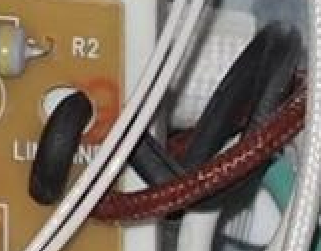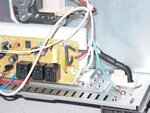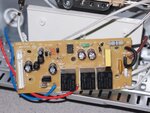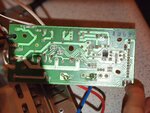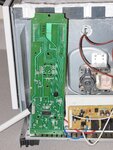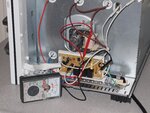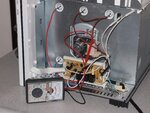no_spark
Newbie level 4
I have a small Kitchenaid oven, the KCO275. It was designed with a very loud speaker that sounds when you do absolutely anything. I decided to try and silence it. After getting inside I was unsure where the speaker was, so I plugged it in to listen. The control board shifted and touched the frame, I believe this caused a short as I could hear a fuse go off and the machine will no longer power on.
Now I need to find the fuse, replace it. Then find the speaker and remove it.
https://imgur.com/XJqOrLG
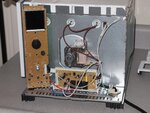
Now I need to find the fuse, replace it. Then find the speaker and remove it.
https://imgur.com/XJqOrLG

